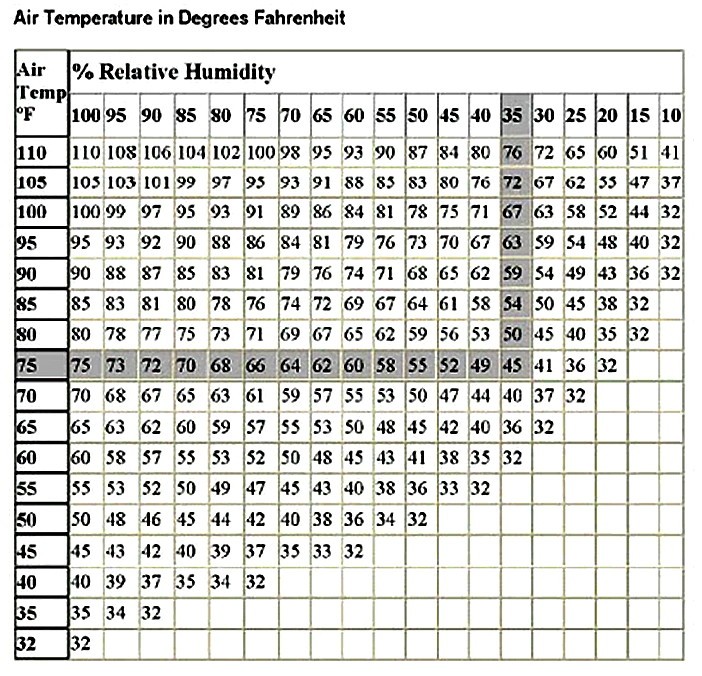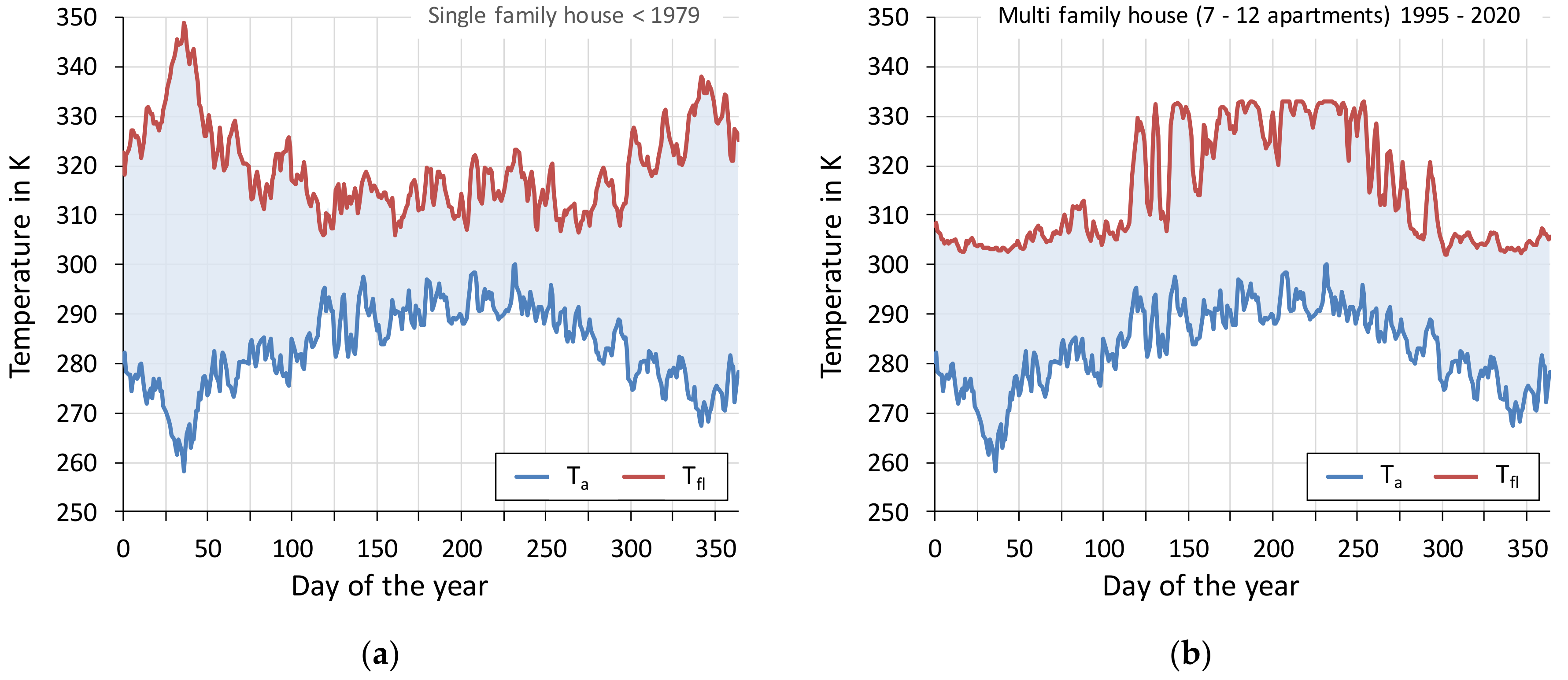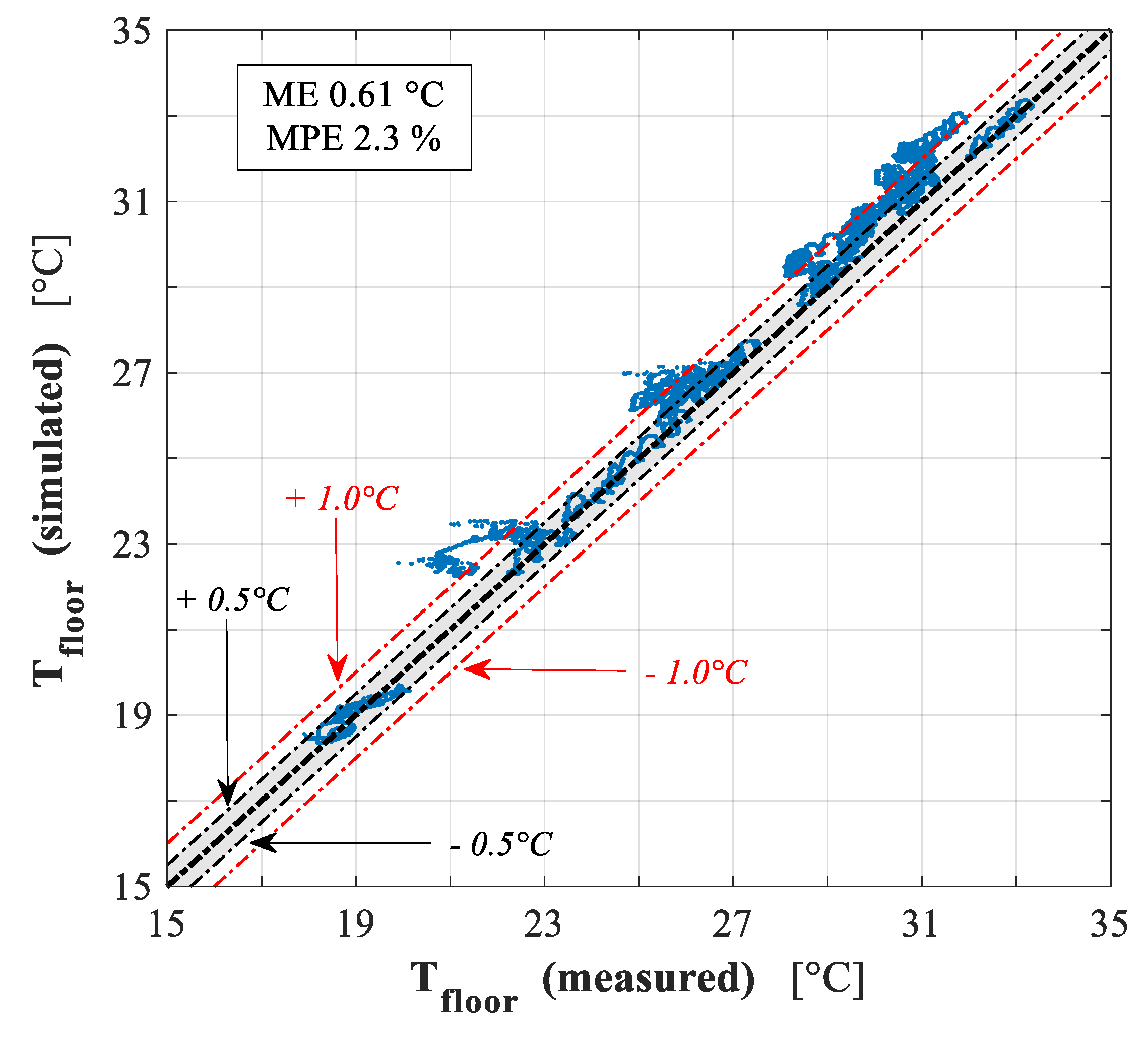Define Floor Temperature Polymerization

Nitrile rubber also known as nbr buna n and acrylonitrile butadiene rubber is a synthetic rubber derived from acrylonitrile acn and butadiene.
Define floor temperature polymerization. Heat loss to head loss validating radiant cooling and heating designs new software solutions how to use the ashrae radiant design graph for sensible heating and cooling. Polymerization any process in which relatively small molecules called monomers combine chemically to produce a very large chainlike or network molecule called a polymer the monomer molecules may be all alike or they may represent two three or more different compounds usually at least 100 monomer molecules must be combined to make a product that has certain unique physical properties. For example for the polymerization of ethylene 93 6 kj of energy are released per mole of monomer. Recommended floor temperatures for bare feet and for those wearing shoes.
Above the ceiling temperture depolymerization an unzipping reaction to reform monomer occurs. Experimental studies of the spontaneous thermal polymerization of mma at high temperatures 100 130 c showed the production of high average molecular weight polymers low conversion of monomer to polymer and the formation of a significant amount of oligomers such as dimers and trimers after 75 hours of batch operation 10 14 23. Alkyl vinyl ether alkyl vinyl ether 120 e g. People who visited this page also visited.
Is the temperature below which polymerization cannot occur. For additional support visit our visitor services page. Living polymerization is most frequently employed for the synthesis of block copolymers where two or more monomers are polymerized sequentially and this is not exceptional for the hi i 2 initiated living polymerization of vinyl ethers. Alkyl vinyl ether.
Trade names include perbunan nipol krynac and europrene this rubber is unusual in being resistant to oil fuel and other chemicals. A related issue is temperature control also called heat management during these reactions which are often highly exothermic. Is the temperature at which propagation and depropagation are equal. Generally the ceiling temperature of a given polymer is correlated to the steric hindrance of the polymer s monomers.
8 117d the reported examples include. Ceiling temperature is a measure of the tendency of a polymer to revert to its constituent monomers when a polymer is at its ceiling temperature the rate of polymerization and depolymerization of the polymer are equal. In floor radiant design guide. The manner in which polymerization is conducted is a highly evolved technology.
Above the ceiling temperature depolymerization will occur and the polymer will revert to its monomer. Thus the net rate of polymer growth is zero. For addition chain polymerization the temperature at which the propagation and depropagation rates are equal that is the net rate of polymer formation is zero.














































